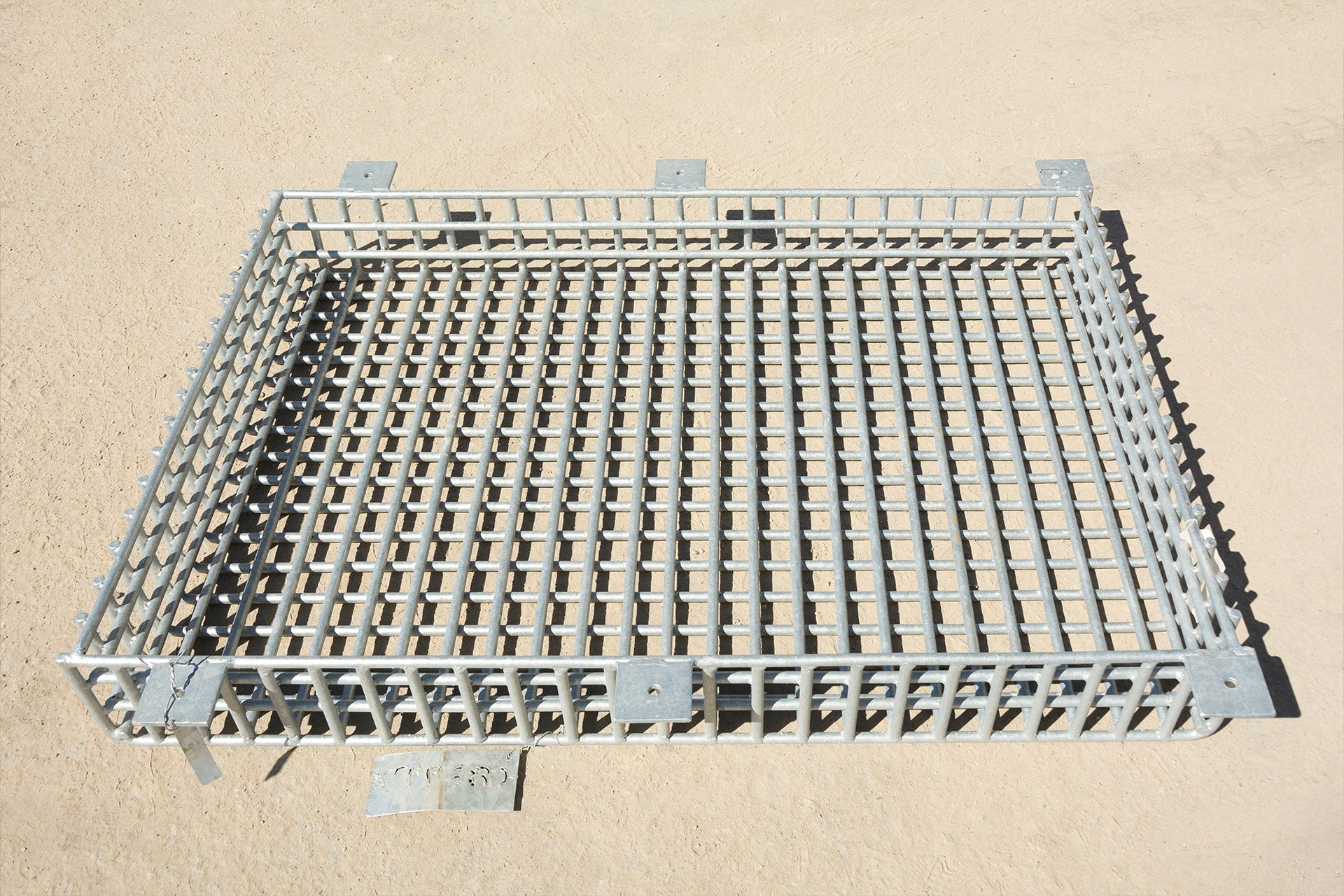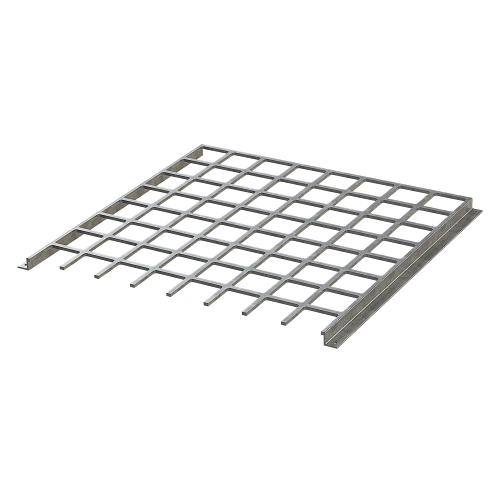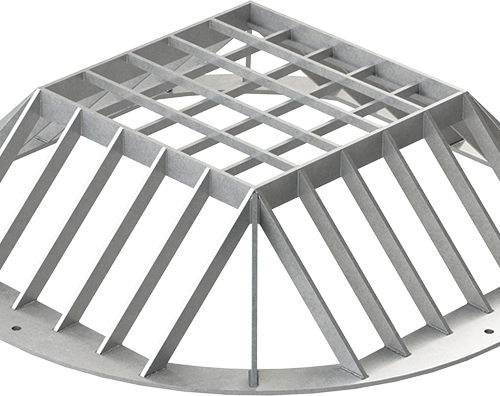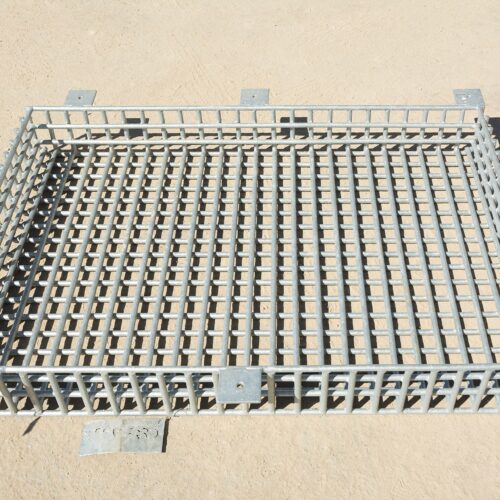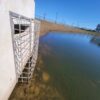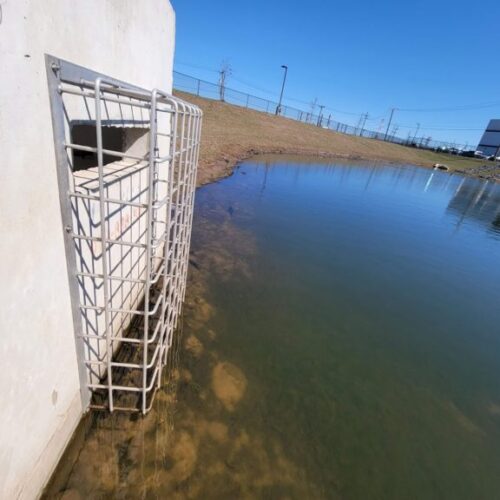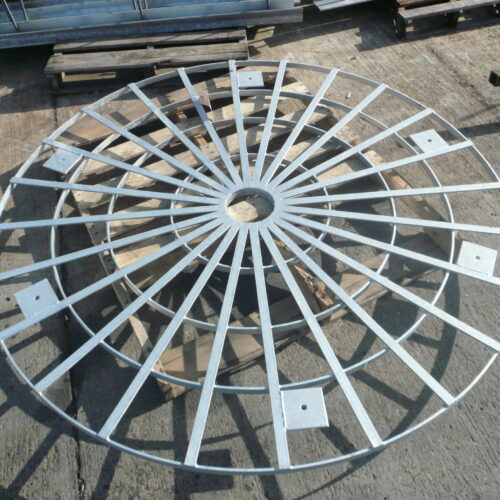Weir Trash Rack
A weir trash rack is an essential component in water management systems, especially in dams and reservoirs. It serves as a barrier to prevent debris, such as branches, leaves, and other floating objects, from clogging up the water intake structure. This helps maintain the efficiency of the water flow and prevents damage to downstream equipment.
The weir trash rack is typically made of sturdy materials such as steel or aluminum, and is designed with narrow gaps or bars to allow water to pass through while trapping debris. The size and spacing of the bars can vary depending on the specific requirements of the water management system.
One of the key benefits of a weir trash rack is its ability to reduce the risk of blockages in the water intake structure. When debris accumulates in the intake, it can restrict the flow of water, leading to reduced efficiency and potential damage to pumps and other equipment. By capturing debris before it reaches the intake, the weir trash rack helps maintain a consistent flow of water and prevents costly downtime for maintenance and repairs.
In addition to preventing blockages, a weir trash rack also helps protect aquatic life by preventing larger objects from entering the water intake structure. This is particularly important in dams and reservoirs where fish and other wildlife may be present.
Regular maintenance of the weir trash rack is crucial to ensure its effectiveness. Debris that accumulates on the rack should be removed periodically to prevent blockages and maintain proper water flow. Inspections should also be conducted to check for any damage or wear and tear that may affect the performance of the rack.
Overall, a weir trash rack is a simple yet important component in water management systems. By effectively trapping debris and preventing blockages, it helps ensure the smooth operation of dams, reservoirs, and other water infrastructure, while also protecting aquatic life.


